



Get new exclusive access to healthcare business reports & breaking news




There’s never been a more exciting time to be in the digital healthcare space than right now.
With the explosion of content capabilities, endless social opportunities and underpriced attention in so many platforms – there’s a huge amount to be excited about.
Health technologies encompass all the devices, medicines, vaccines, procedures and systems designed to streamline healthcare operations, lower costs and enhance the quality of care. Artificial intelligence (AI), blockchain, voice search, chatbots and virtual reality (VR) are among the most promising health technologies in 2024.
For the longest time, healthcare executives have been dissatisfied with the lack of technology stacks and solutions for true marketing personalization. Indeed, technology was still the number 1 concern for healthcare marketing professionals in 2018 according to the American Medical Association.
That said, we question whether the lack of technology is something that is preventing the healthcare executives from adopting digital transformation within their organizations.
In fact, we think this should not be the case at all.
We would even go so far as to argue that technology and healthcare represent a marriage made in heaven. As a result, we’ve put together a list of 9 health technologies that every healthcare executive should be excited about in 2024.


The use of artificial intelligence within the healthcare industry is expected to grow rapidly at an annual rate of 40% through 2022 – to $6.6 Billion, from approximately $600 Million in 2014.
AI engines can reduce and mitigate risk of preventable medical scenarios in three critical ways:
That’s three different ways to be able to carve a niche and market AI.
So how do these existing scenarios apply to marketing? For example, a focus on high risk identification or personalized dosages could be a key factor in a marketing campaign. People love to talk about AI. Showcasing your company’s AI solutions will give you free press and position your company as a true innovator and market leader.
The bottomline is simple: keep AI on the radar and utilize the concept as one of the main health technologies for marketing in 2022. There’s no signs of slowing down.
Interested in learning more about artificial intelligence applications in healthcare? Read our Trend Watch: Artificial Intelligence and Healthcare


Blockchain is here to stay with a variety of experts, some of whom are skeptical of bitcoin, claiming that the technology could fundamentally change the way that huge sectors operate – including digital healthcare marketing.
We’re expecting blockchain to affect the digital marketing sphere with three main key points:
When you use blockchain to collect data, the information you input and all of your personal data remains with you instead of being stored on servers owned by an application (think the recent Facebook controversy).
Living in a world where all of the data that we’ve previously been able to access vanishes is a scary prospect for marketers. It’s going to be exciting to see how it plays out and what techniques could be created to overcome.
There are some serious flaws when it comes to online display ads and they can be pretty expensive to the advertiser. In addition, with Facebook and Google having ownership of the control of the majority of the available ad inventory, you’ll also be seeing a lack of availability and increased prices.
The Brave blockchain browser is an attempt to address this situation with the Basic Attention Token (BAT) which changes the way in which users interact with ads.
Advertisers buy ads using BAT and then users opt in to viewing ads and are compensated with BAT. On the other hand, publishers are compensated by both consumers and advertisers. It’s a new way to try and level the playing field and restore the value of attention back to its owner. Very similar model to ebates.com on the retail side.
Finally, according to Elinext, “blockchain could reform the way we stream and own digital assets with the rework of the flawed Spotify, Tidal and Apple Music platforms”.
Instead of artists being underpaid for their content, a market shift is occurring where people could offer their work to a massive audience without paying an intermediary like YouTube or iTunes for exposure and security.
Blockchain-based entertainment could allow for direct marketing to their audiences without the need of a media platform. That’s a big shift towards P2P communities which fans may fall in love with, with the potential to earn special privileges and more engagement with artists they love.
The bottom line for blockchain is simple. It has the power to restructure the entire digital marketing system with the changing of data collections, fixing of digital display advertising and the ownership and security of digital assets.
Also read: 7 Applications of Blockchain in Healthcare
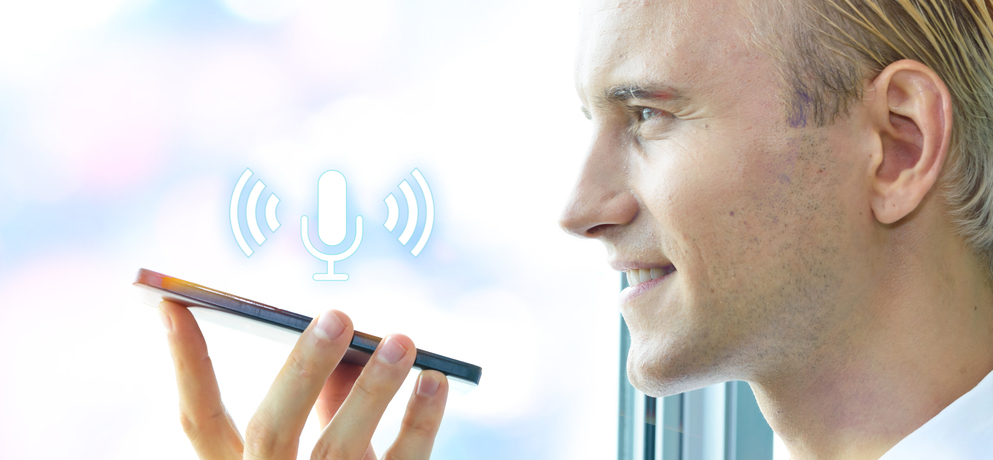

Voice is a huge healthcare marketing technique that’s been on the rise since smartphone and smart speaker were first released (with Amazon’s Echo first hitting the market back in 2014.) And, more importantly, it can be an effective tool in the industry.
So how does voice search apply to marketing?
Healthcare access is predominantly local.
In other words, most Americans look for healthcare options within the proximity of their place of employment or their residence. Because of this reality, healthcare marketers must optimize their digital platforms for local searches.
Since 20% of Google searches are voice searches in 2018, voice has become one of the main health technologies healthcare marketers must invest in come 2022.
If 1 in 5 are using voice to find out about healthcare options, it’s imperative that you’re not missing out on the potential customers.
Bottom line: optimize your marketing campaigns & landing pages for voice. With the rise in popularity of smart speakers and native voice search as a whole (Siri, Google Now, Cortana etc), voice presents some of the most amazing opportunities for marketing healthcare executives in 2022 and beyond.
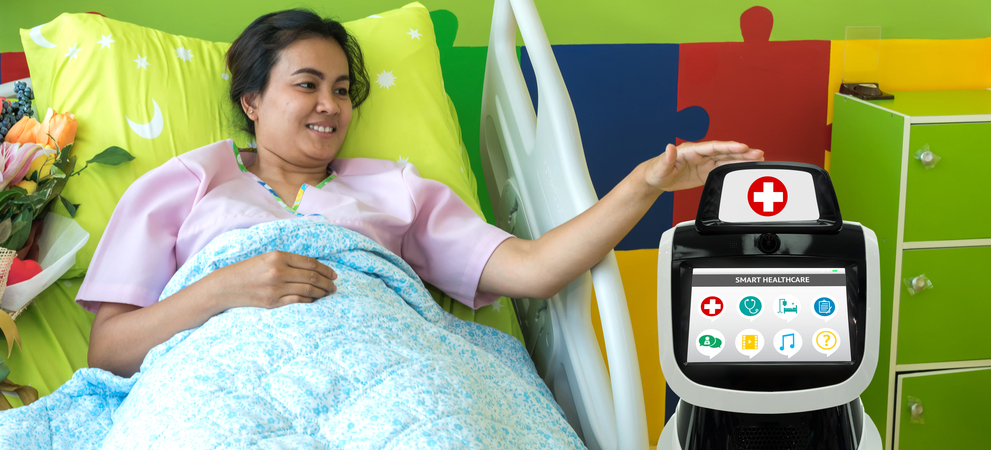

Offering a personal experience when it comes to healthcare is vital and a chatbot adds another touchpoint that people really love. With the number of chatbots multiplying at an incredible pace, it’s becoming more and more expected, rather than the gimmick it used to be.
Options are endless for chatbots, from customer service to potential diagnosis of mild conditions – there’s plenty to be excited about within the technology.
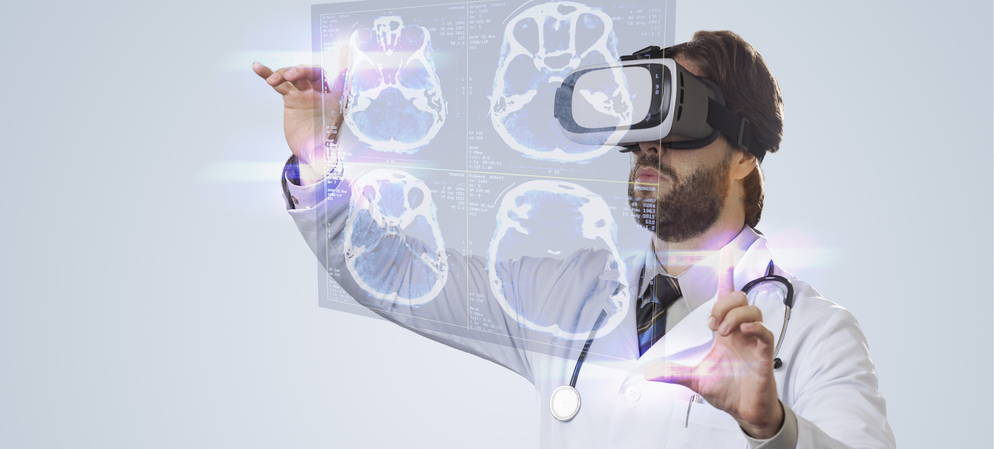

Few technologies generate as much engagement as virtual reality and being smart with this technology can be incredibly beneficial to any healthcare organization. Think outside the box and go for original content and usage – if it’s something that people haven’t seen before, you’ll likely make a much bigger splash.
Healthcare is an industry in which “customers” are often anxious (think white coat syndrome) so having a virtual tour or example procedure could be hugely beneficial to calm the nerves of future patients and improve the patient experience. The possibilities with this technology are endless.
VR is a great tool with unrivaled engagement. With such a promising technology, be bold and come out with original content that may calm, excite or educate your customers for maximum impact.


Using real metrics, analytics and user engagement data can all be used to drive adjustments to the social strategy to each network that your company uses.
Tools such as Sprout Social are great for social media management with a data-first approach that is key to form and deepen real connections with the people that will build your brand.
Although the pricing of social media management may be a little out of the league for many smaller companies, the concept remains the same. Look for patterns and capitalize where possible.
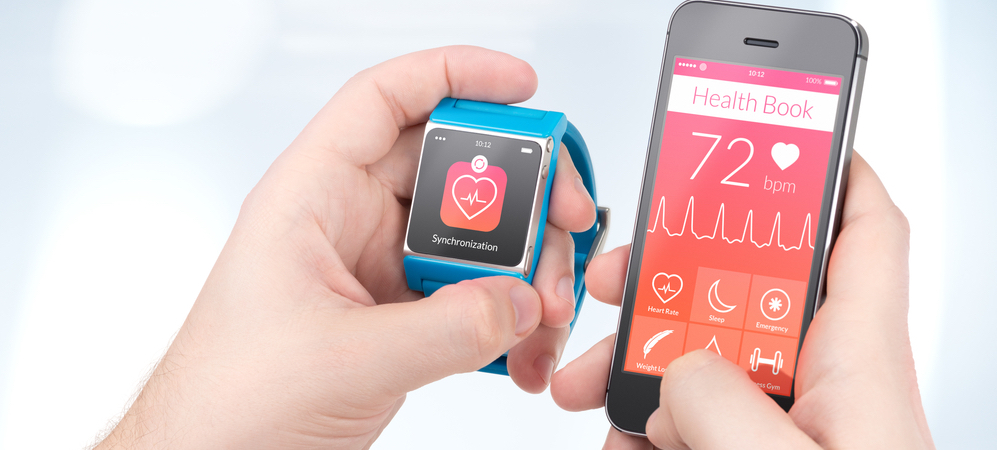

There are so many patient scenarios that can be served by a powerful native mobile application in 2022.
From requesting physician appointments, checking in, uploading a patient’s medical history to getting test results via a mobile app – health organizations can create useful digital tools that are perfect for the modern-day patient.
Mobile apps also relieve some of the pressure on the medical staff, waiting times and receptionist duties, resulting in a significant reduction in operational costs. Other exciting features health organizations are experimenting within 2018 include notifications, alerts around key seasonal allergies (e.g. the flu season) and personalized marketing offers.
Mobile apps are a great way to communicate and stay in touch with your patients, long after they left your health facilities. There’s so much potential in health mobile apps, yet so many marketers are missing the opportunity of giving credence to the criticisms that the healthcare industry is still not innovating.


Don’t just limit this to other areas in healthcare marketing, but rather consider joining forces with a variety of other businesses that can generate attention through their apps. Whether it’s a local restaurant, delivery service or taxi/car share app – there’s uncapitalized attention everywhere we look.
Getting in front of local customers will generate attention and raise awareness and depending on the incentives that you can provide, there’s the potential for commission-based rewards/payment for the businesses that you partner with at the local level.
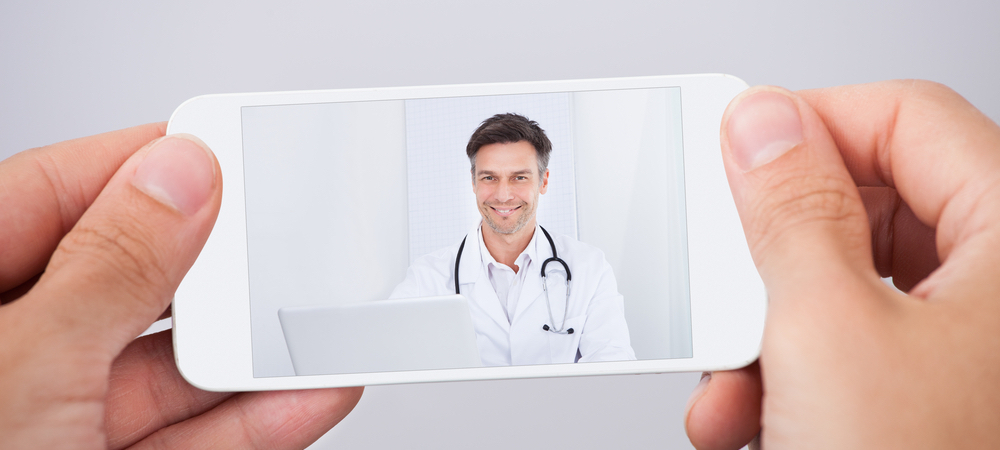

Video is fantastic for humanizing the health brand you’re promoting. We get a lot more from video than we otherwise would get from an image and that human experience is great for establishing trust and relatability.
TikTok, for example, is a short video peer to peer platform in which users shoot 10-20 second videos, sharing them with the world. With over 500 million users globally and the number 1 downloaded app on the App Store in the US – there’s huge potential with the app and video in general.
Using video social media platforms like TikTok could be a huge differentiator for healthcare marketing and creating a fun atmosphere for the industry may be a huge step in the right direction. Don’t forget – as healthcare marketers, you should always consider experimenting with new techniques and ideas.
Bottom line: Use video marketing to capitalize on user’s engagement and attention and don’t shy away from apps and platforms such as YouTube, Facebook video, Instagram and the newly founded TikTok for huge potential promotion.
There’s so much to be excited about when it comes to technology and healthcare marketing in 2022. In this article, we discussed the following health technologies that marketers can leverage today to improve the overall return on investment for their marketing spend: